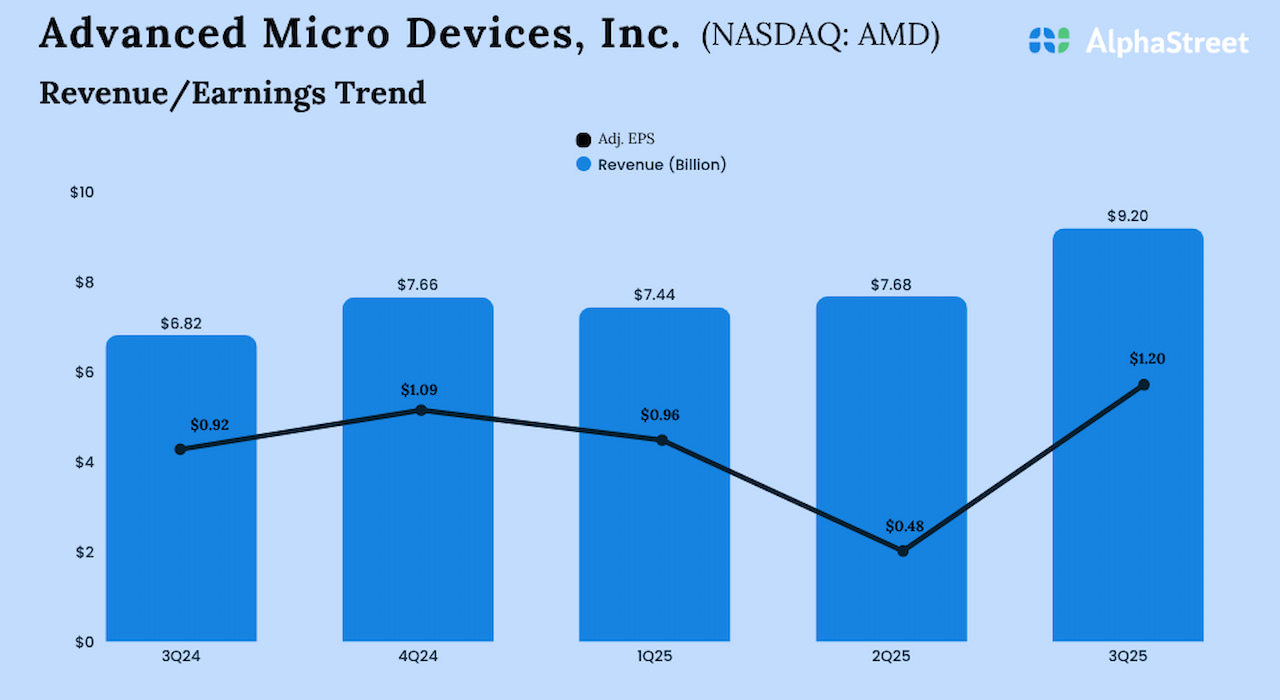The audit and assurance landscape is evolving, driven by demands for higher quality and greater accountability. Recent updates to engagement standards—specifically SAS No. 146, SSARS No. 26, and SSAE No. 23—reflect this evolution. For audit and accounting professionals, understanding these changes isn’t just about compliance; it’s about adding value, ensuring quality, and sustaining trust.
Jump to ↓
What are these standards?
SAS No. 146: Quality Management for an engagement conducted in accordance with Generally Accepted Auditing Standards
SAS 146 is the new standard for engagement-level quality management. It replaces the quality control sections in previous standards, aligning more closely with the new firm-level quality management requirements.
It clarifies the responsibilities of engagement partners and teams, emphasizing the role of the engagement partner in achieving audit quality and the importance of the engagement partner being sufficiently and appropriately involved throughout the audit.
SSARS No. 26: Quality Management for an Engagement Conducted in Accordance with Statements on Standards for Accounting and Review Services
SSARS 26 also amends previous standards for review, compilation, and preparation engagements to align with quality management concepts where applicable by emphasizing the role of the engagement partner in managing and achieving engagement quality.
SSARS 26 also includes several additional updates and clarifications outside of quality management.
SSAE No. 23: Amendments to the Attestation Standards for Consistency With the Issuance of AICPA Standards on Quality Management
SSAE 23 amends the attestation standards to align with the firm quality management standards.
The amendment clarifies and expands the role of the engagement partner responsibilities, along with documentation requirements to help ensure re-performability.
Additionally, SSAE 23 provides revised definitions to clarify responsibilities when working with other practitioners.
Why are these audit standards important?
1. A new focus on quality management
SAS 146, SSARS 26, and SSAE 23 are not just incremental updates; they represent a shift toward a more proactive approach to engagement quality. While some of the requirements seem similar to the previous standards, revised, clarified, and new guidance point to enhanced accountability and the role of the engagement partner in engagement quality.
2. Alignment with firm-level quality standards
These standards are designed to work with the new Statements on Quality Management Standards (SQMS 1, 2, and 3). While the engagement partner is responsible for ensuring quality, engagement teams must also understand how firm-level policies affect their daily work and demonstrate compliance at both the firm and engagement levels.
3. Increased scrutiny and documentation
The new standards call for enhanced documentation—both in terms of what is required and the level of detail expected. This includes reviewing documentation at appropriate times throughout the engagement and coordinating the engagement quality review when applicable.
4. Enhanced and clarified expectations
These standards clarify expectations and provide guidance for the engagement partner’s role in making sound professional judgments and ensuring that expected behaviors are communicated and followed. Furthermore, these standards clarify partner responsibilities in directing, supervising, and reviewing the work of other team members.
Next steps for auditors
Read the standards: Review the full texts of SAS 146, SSARS No. 26, and SSAE No. 23. Attend training and firm briefings on the new standards.
Update firm system of quality management: The engagement standards are effective for engagements with periods beginning on or after December 15, 2025, which is after the effective date of the firm quality management standards. The engagement standards reference the firm’s system of quality management and cannot be implemented before the firm’s quality management system is finalized.
Assess and adapt your approach: Evaluate how your current engagement-level procedures align with the new requirements. Identify gaps and update your processes accordingly.
Enhance team communication: Make sure engagement teams understand their responsibilities for quality management and know how to escalate and address issues.
Strengthen documentation: Update your engagement documentation templates and checklists to reflect the new standards’ requirements.
Leverage methodology and technology: Use methodology and software to document decisions and reviews effectively. Review the latest “Practical Considerations” in PPC forms and guides to learn more about “before” and “after” implementation.
Implementing the new standards
SAS 146, SSARS No. 26, and SSAE No. 23 represent a new era of engagement standards—one that is proactive and focused on quality at every stage of the engagement. These standards are an opportunity to enhance engagement quality, reduce risk, and deliver more value to clients and stakeholders.
Understanding and embracing these changes is not only about compliance. It’s about upholding the integrity of the profession and demonstrating a commitment to excellence in every engagement.
To ensure your firm is fully prepared to implement SAS 146, SSARS 26, and SSAE 23, turn to AuditWatch for expert guidance and practical training. Our specialized programs are designed to equip your team with the knowledge and skills needed to navigate these evolving engagement standards with confidence. Contact us today to discover how our tailored training solutions can help your firm elevate quality and stay ahead in the changing landscape.






























